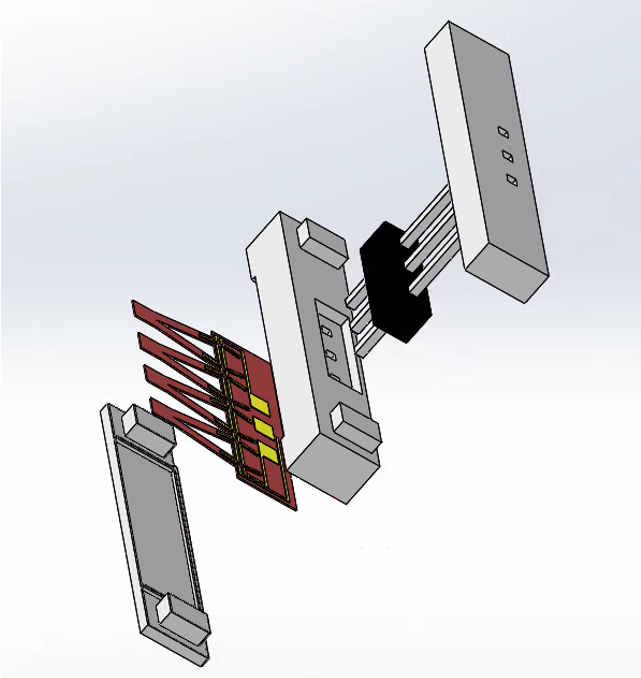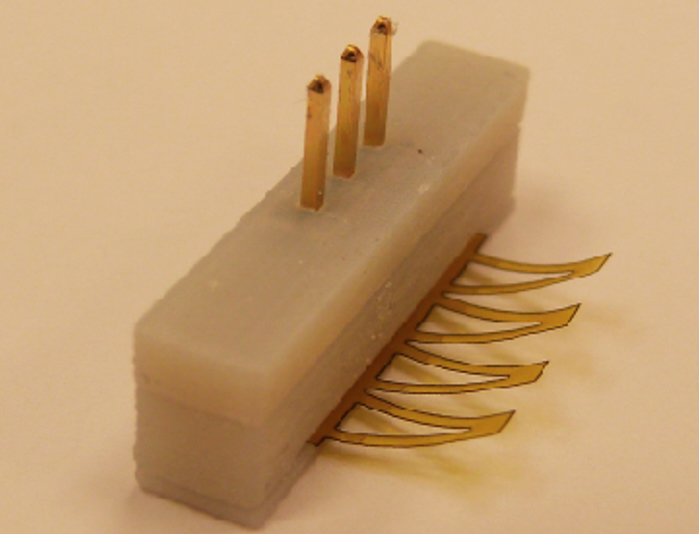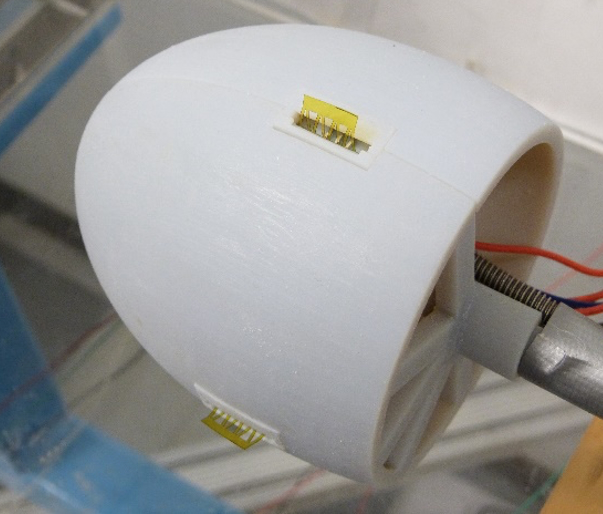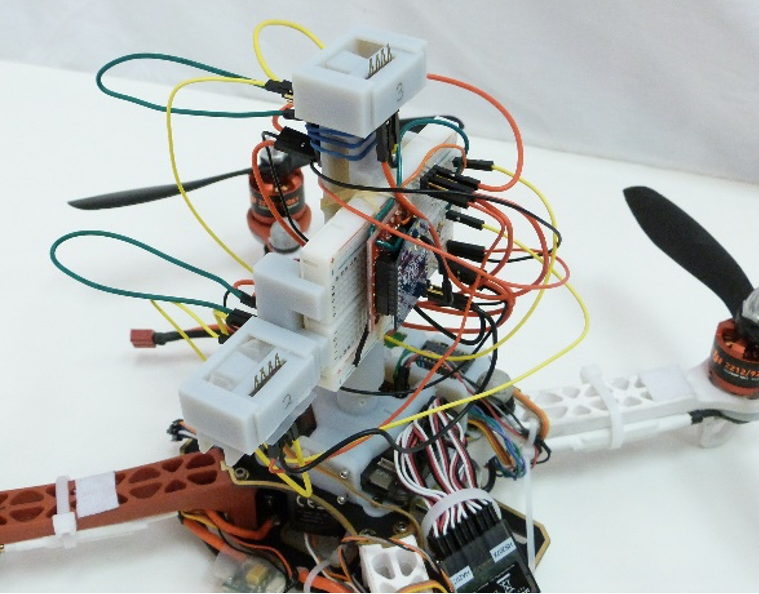Sponsor: ARL (Ed Measure)
Investigators: PI: Jim Paduano (Aurora Flight Sciences), Co-PI: Sean Humbert (UMD)




Sensing relative wind and inferring the aerodynamic state of primary lifting surfaces provides the feedback necessary for very fast reactions which adjust wing surface shape, incidence, and flapping parameters. In nature, this reaction can be hard-wired into the nervous system in which signals are routed directly to muscles to reduce delays. This approach yields aerodynamic force management unparalleled in current autonomous aerial systems. In this project, we are investigating biologically inspired distributed airflow sensing and the underlying processing required to extract robust information. The goal is to improve disturbance rejection capabilities and lift control, enabling operation in complex environments requiring high maneuverability and all-weather operability.
Publications
- Dean W, Ranganathan BN, Penskiy I, Bergbreiter S and Humbert JS, “Robust Gust Rejection on a Micro-Air Vehicle Using Bio-Inspired Sensing,” in Mechatronics and Robotics Engineering for Advanced and Intelligent Manufacturing, Springer Verlag, 2018, ISBN: 978-3319335803.
- Dean W, Ranganathan BN, Penskiy I, Bergbreiter S and Humbert JS, “Robust Gust Rejection on a Micro Air Vehicle Using Bioinspired Sensing”, International Conference on Mechatronics and Robotics Engineering, Nice, France, Feb 2016.
- Ranganathan BN, Penskiy I, Dean W, Bergbreiter S and Humbert JS, “Bio-inspired Wind Frame State Sensing and Estimation for MAV Applications”, IEEE/RSJ International Conference on Intelligent Robots and Systems (IROS), Hamburg, Germany, Oct 2015.
- Keshavan J and Humbert JS, “MAV Stability Augmentation Using Outputs from Hair Sensor Arrays,” American Control Conference, Baltimore, MD, 2010. Winner of best paper in session award.
